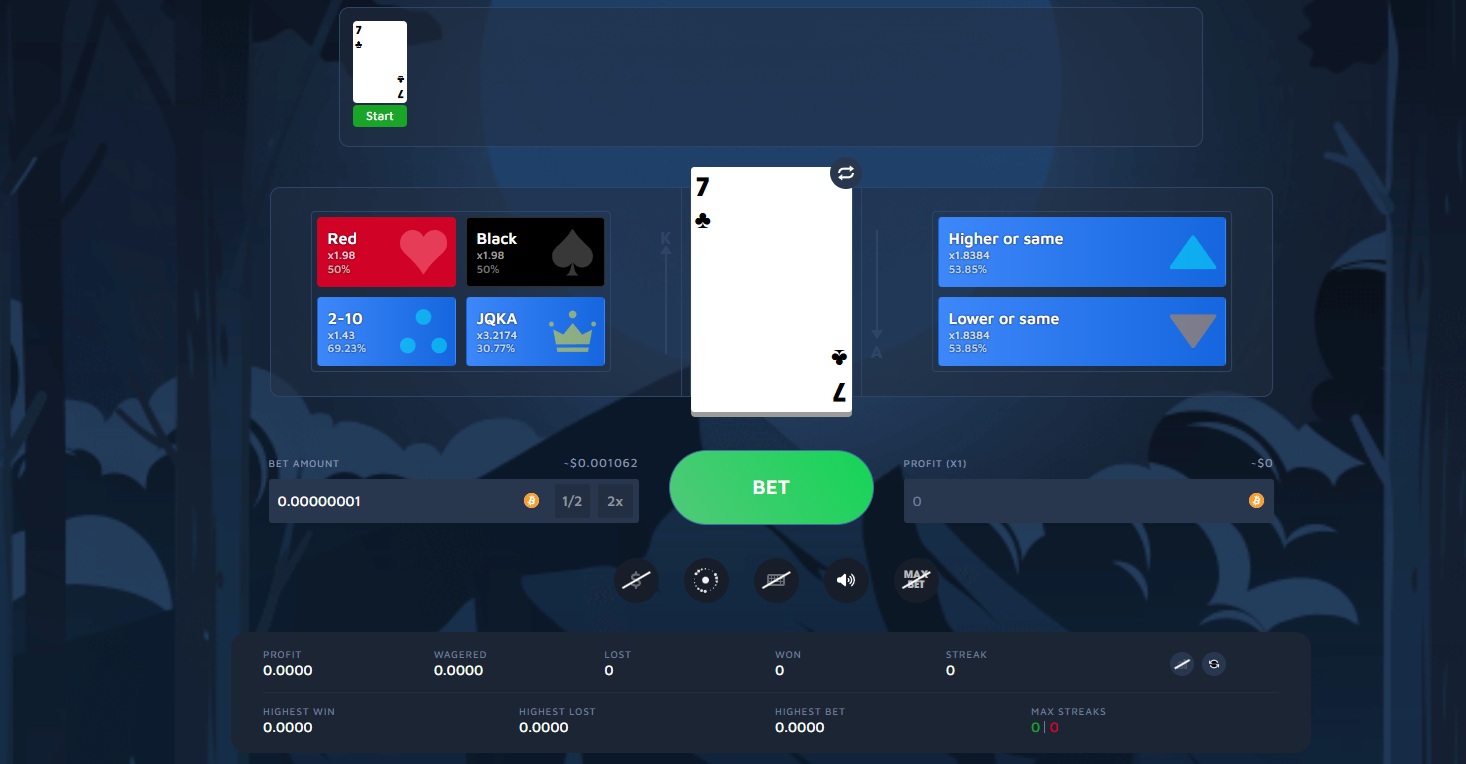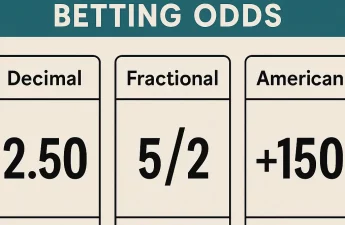Winning at the High Low card game requires a strategic approach that goes beyond relying on luck. You’ll need to develop a betting system, analyze card probabilities, and master card counting techniques. By understanding the underlying mechanics of the game, you can gain a significant advantage over your opponents. While the path to victory may seem formidable, the rewards for those who are willing to put in the effort can be quite substantial. Intrigued? Let’s dive deeper into the secrets of this engaging game and uncover the strategies that can propel you to success.
Understanding the Basics of High Low
The objective of Hi-Lo casino game is straightforward. You must correctly predict whether the next card dealt will be higher or lower than the current card. The game is played with a standard 52-card deck, where Aces are the lowest and Kings are the highest.
To play, you’ll place a bet, then make your guess. If you’re right, you’ll receive a payout based on the odds. The more consecutive correct guesses you make, the higher the potential payout, creating a “streak” effect.
High Low is a game of chance, but some players use strategies like card counting to try to improve their odds. However, it’s pivotal to understand that the house always has an edge, so it’s important to practice responsible gambling and only bet what you can afford to lose. With a strategic mindset and a bit of luck, you can increase your chances of success, but there are no guarantees in this game.
Developing Your Betting Strategy
Take charge of your betting strategy by starting with small wagers and gradually increasing them as you gain confidence in your predictions. This approach allows you to minimize losses while identifying patterns and improving your decision-making skills.
For a more aggressive strategy, consider implementing the Martingale system – double your bet after each loss to recoup previous defeats. However, be cautious as this method can quickly deplete your bankroll if you encounter a lengthy losing streak.
To further refine your strategy, adjust your bet size based on the current game state and the perceived probability of the next card being higher or lower. Utilize card counting techniques to estimate the likelihood of the upcoming card, helping you make more informed decisions. Ultimately, always set a loss limit and stick to it. This disciplined approach will prevent you from chasing losses and protect your overall bankroll. Remember, the house always has an edge, so approach the game with realistic expectations and responsible gambling practices.
Analyzing Card Distributions and Probabilities
Analyzing the distribution and probabilities of cards in Higher Lower can provide valuable insights to improve your gameplay. By understanding the likelihood of certain card combinations, you can make more informed decisions about when to raise or fold your bets.
The deck contains 52 cards, with 4 suits (hearts, diamonds, clubs, spades) and 13 ranks (Ace through King) in each suit. This means the probability of drawing any specific card is 1/52.
Some card combinations, such as pairs or runs, are less common than others. Tracking the frequency of these combinations can help you anticipate future draws.
The more cards that have been revealed, the more information you have about the remaining cards in the deck. This can influence your betting strategy.
Certain card combinations, like high-low pairs, have a higher probability of occurring than others, such as consecutive cards of the same suit.
Understanding the odds of drawing a higher or lower card can help you make more strategic choices about when to risk a higher bet.
Mastering Card Counting Techniques
Despite the inherent luck-based nature of High-Low, you can gain a distinct edge over the house by mastering card counting techniques. Card counting involves assigning point values to each card rank and keeping a running count to estimate the true count. This allows you to adjust your bets accordingly, as the true count reflects the ratio of high to low cards remaining in the deck.
The High-Low point system assigns +1 to 2-6, 0 to 7-9, and -1 to 10-Ace, enabling you to track the high and low cards. Furthermore, detailed indexes like the Illustrious 18 and Fab 4 provide recommended plays based on the true count, further enhancing your advantage. Simulations show that using the full index number table can provide an even higher player advantage compared to just the Illustrious 18 and Fab 4.
However, successful card counting requires avoiding red flags, such as bet variations that deviate too much from the ideal spread, to maintain a sustainable edge.
Optimizing Your Gameplay for Success
By closely tracking the sequence of revealed cards, you can identify patterns and trends that may indicate higher or lower probabilities for the next card. This information can then be used to strategically adjust your bet sizes, increasing wagers on more favorable outcomes and decreasing them on less promising ones. While no strategy can guarantee consistent wins, a combination of these techniques can help maximize your chances of success.
Consider these tips for optimizing your High Low gameplay:
- Familiarize yourself with the specific game rules and variations offered by different platforms to ensure you’re making the most informed decisions.
- Selectively skip certain card combinations based on your personal observations, but do so cautiously, as no strategy can eliminate the house’s edge.
- Adjust your bet sizes dynamically, increasing them on favorable outcomes and decreasing them on less promising ones.
- Understand that the game ultimately relies on luck, and it’s pivotal to set realistic expectations and only bet what you can afford to lose.
- Employ a strategic mindset and a combination of card tracking, bet size adjustments, and selective skipping to improve your overall profitability.
Conclusion
To win at High Low, start small and gradually increase your bets as your confidence grows. Utilize the Martingale system to recoup losses, and adjust your bets based on the current game state and perceived card probabilities. Employ card counting techniques to estimate upcoming cards, and always set a loss limit to prevent chasing. By understanding the game’s probabilities and mastering card counting, you can gain a significant advantage in this game of chance.
High Low Card Game FAQ
Q: How to play high low card game?
A: Players bet on whether the next card dealt will be higher or lower than the current card. Use a standard 52-card deck with Aces lowest and Kings highest. Correct predictions receive payouts, with consecutive wins increasing potential rewards.
Q: What are the higher or lower card game rules?
A: Players place bets before each round. A card is shown, and players must predict if the next card will be higher or lower. Winning streaks increase payouts. The house maintains an edge, so responsible betting is crucial.
Q: What is the high low card game probability?
A: Initial probability is 1/52 for any specific card. Probabilities change as cards are revealed. Card counting helps track remaining high/low cards. The ratio of high to low cards (true count) influences betting decisions.
Q: What is the best hi lo strategy?
A: Key strategies include:
- Start with small bets, increasing gradually
- Use Martingale system (double bets after losses)
- Track card distributions
- Employ card counting (+1 for 2-6, 0 for 7-9, -1 for 10-Ace)
- Set and stick to loss limits
Q: What makes high low casino game different?
A: Casino versions offer structured payouts and streaks. The house edge is constant, but card counting and strategic betting can improve odds. Different platforms may have varying rules and payout structures.
Q: Is the high or low card game profitable?
A: While profitability isn’t guaranteed, using card counting techniques, strategic betting, and proper bankroll management can increase winning chances. Always gamble responsibly and only bet what you can afford to lose.




